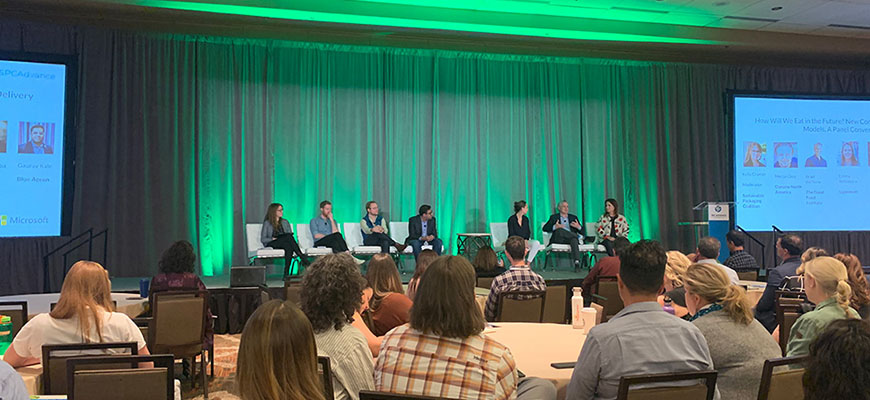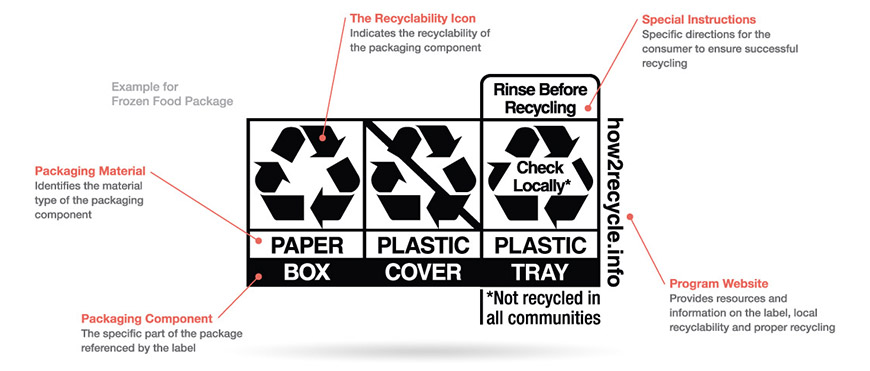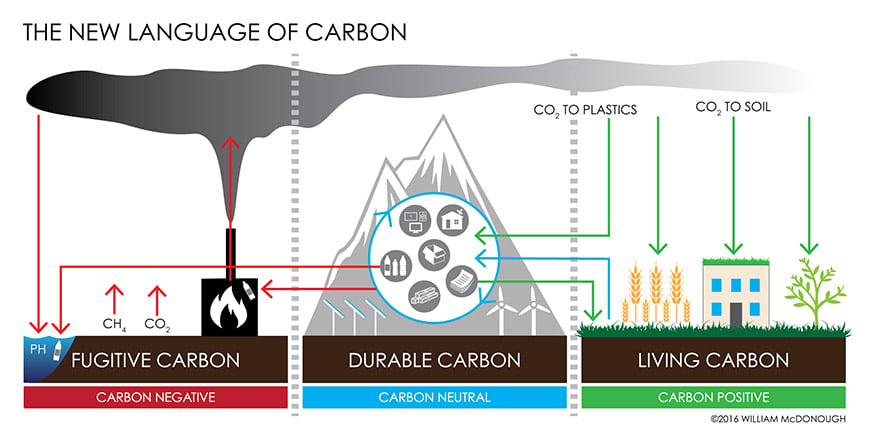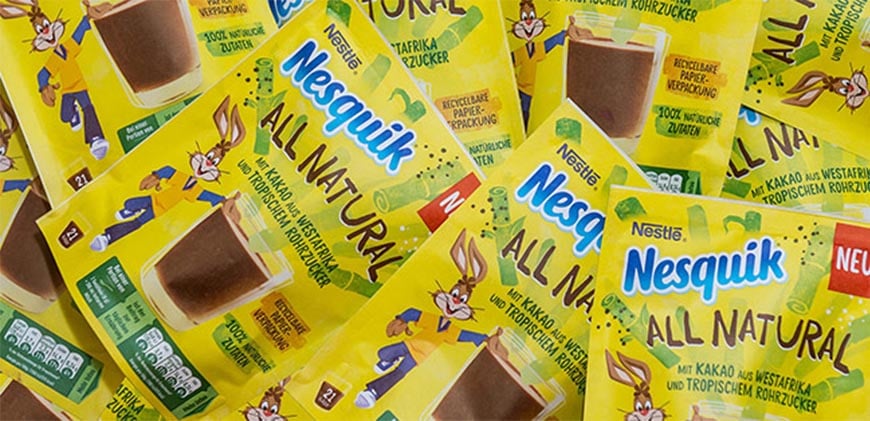
Creating your own Rocket Industrial personal account has many benefits:

Our team was recently in Denver, CO at the SPC Advance 2019 conference learning all about sustainability, packaging, recycling, material science, and design. To give you a brief taste of what went on, here are our top five takeaways we think our clients could benefit from.
Delta robots have been traditionally used to pick products from a line and place them into an open package or to palletize a load at the end of a line. AMP Robotics is putting Delta robots to work in a different way.
Equipped with a cloud based vision system these robots are learning as they work. AMP is currently building a data base of waste that lets their robots sort waste by type, material, brand, size, and any other characteristics you might be able to think of. Installed in MRFs (materials recovery facilities) these robots are ramping up the back end efficiencies of recycling programs around the U.S.
Imagine a similar vision system but instead for a manufacturer that produces a multitude of products. The ability to learn as the robot packs could really drive growth and accuracy in a much more controlled environment. Not to mention advancement in gripper technology, soon there will be no product that can’t be grabbed by a robot.
One of the group panels was stacked with packaging designers discussing all the merits of what goes into a strong packaging label. There was much attention drawn to the education barrier of sustainable packaging. In market research, it was found that most packaging that is recyclable isn’t recycled due to consumer misinformation or assumption due to the way the packages are designed. Here is what you can start thinking about to improve consumer engagement:

Source - How 2 Recycle - Kelly Kramer - https://greenblue.org/work/how2recycle/
Add a How2Reycle graphic on your product. I’ve been personally noticing these graphics more and more and I really do find them helpful. It feels good to recycle and this is the perfect bump to reassure (foreshadowing) I’m doing it correctly.
Be aware of sustainable product design trends and context. Consumers expect products that are made with browns, greens, minimalist design, and less ink are sustainable. Take advantage of the “mystique of kraft paper.” But, be careful as these design attributes are powerful tools that when used in the wrong way can be damaging to the packaging industry as a whole.
Carbon has become a buzzword in the last decade and it’s important to remember that, yes, certain carbon emissions are bad for the environment but there are such things as good carbons too. For instance, Humans = good carbon, plastic bottle used to hold water that allows us to stay hydrated wherever we go = good carbon, that same plastic bottle if it ends up floating in the ocean = bad carbon. Check out this great diagram by Bill McDonough from his brilliant keynote on rethinking our carbon based economy.

Source - Bill McDonough - https://mcdonough.com/new-language-carbon/
Fiber based products are a renewable resource. Did you know that Canada only harvests 0.5% of its forests per year. Those forests are also labeled as sustainable and some are on a five year regrowth cycle. The forest products industry is on the rise and is slowly rooting its way into different aspects of the food packaging world.
Nestle has launched a new all natural paper based food package for its Nesquick drink mix product. “The new pouch is made of a coated paper that is recyclable in the paper stream. The paper is from sustainable sources, certified by the Forest Stewardship Council (FSC). The pouches have been extensively tested to make sure they keep the Nesquik powder in perfect condition during transport and storage.”

Source - Nestle - https://www.nestle.com/media/news/
This pouch is the first of its kind and a great step towards eliminating plastic packaging in favor of a fully renewable resource.
During a lecture about five key principles of design, two points really stuck out to me. When it comes to making products that people love part of the experience is reassurance and protection.
Reassurance. Think about a product you love. There’s a very high chance that in the beginning stages of using or introducing the product there was some manner of reassurance that occurred. An email follow up, a tutorial, or a notice of what your peers were doing. People like to be reassured, that’s why we read reviews or like to watch videos of the product before we buy.
Protection. Security, trust, and mitigating uncertainty is a big deal with specific products. Trust takes time to build and is done so through consistency. If you want consumers to trust you make sure things are simple, straight forward, easy to understand, expected and maybe most importantly have a plan for when mistakes occur. What I mean by that is if there’s a delay or a hiccup in an order that occurs let the consumer know. Building trust is key to building products and services people are happy to promote to their friends.